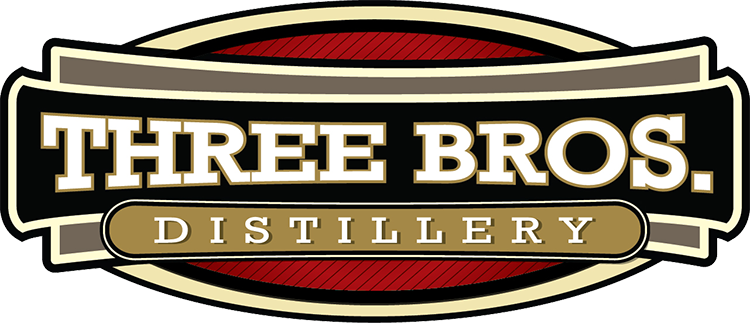The Circus comes to town
On this day, January 9th, Englishman Philip Astley stages the first modern circus in England.
All the things we associate with the circus: Trick riders, acrobats, clowns, trained animals, and other familiar have existed throughout human history, but it was not until the late 18th century that the modern spectacle of the circus was born. Philip Astley, a former cavalry sergeant major, found that if he galloped in a tight circle, centrifugal force allowed him to perform seemingly impossible feats on a horse’s back. He drew up a ring and on January 9, 1768, invited the public to see him wave his sword in the air while he rode with one foot on the saddle and one on the horse’s head.
Astley’s trick riding received such a favorable response that he soon hired other equestrians, a clown, and musicians and in 1770 built a roof over his ring and called the structure “Astley’s Amphitheatre”. In 1782, a competitor in London set up shop just down the road from Astley’s Amphitheatre, calling his show the “Royal Circus,” after the Roman name for the circular theaters where chariot races were held.
In Ancient Rome, the circus was a building for the exhibition of horse and chariot races, equestrian shows, staged battles, gladitorial combat and displays of (and fights with) trained animals. The circus of Rome is thought to have been influenced by the Greeks, with chariot racing and the exhibition of animals as traditional attractions. The first circus in the city of Rome was the Circus Maximus, in the valley between the Palatine and Aventine hills. It was constructed during the monarchy and, at first, built completely from wood. After being rebuilt several times, the final version of the Circus Maximus could seat 250,000 people; it was built of stone and measured 400m in length and 90m in width.
In 1792, English equestrian John Bill Ricketts opened the first American circus in Philadelphia and later opened circuses in New York City and Boston. President George Washington is said to have attended a Ricketts circus and sold them a horse. Smaller traveling circuses began appearing accross Europe in the early 19th century, visiting towns and cities that lacked elaborate permanent shows. Larger traveling tent shows evolved in the 1820s. In 1859, the Cirque Napoleon in Paris offered the first “flying trapeze” act, which remains a popular component of the modern circus.
In the 19th century, the term “circus” was adopted as a generic name for this new form of entertainment. In the Americas, the Circus of Pepin and Breschard toured from Montreal to Havana, building circus theaters in many of the cities it visited. Victor Pépin, a native New Yorker, was the first American to operate a major circus in the United States. Later the establishments of Purdy, Welch & Co., and of van Amburgh gave a wider popularity to the circus in the United States. In 1825 Joshuah Purdy Brown was the first circus owner to use a large canvas tent for the circus performance. Circus pioneer Dan Rice was probably the most famous circus and clown pre-Civil War, popularizing such expressions as “The One-Horse Show” and “Hey, Rube!”
In 1871, William Cameron Coup and showman P.T. Barnum opened an enormous circus in Brooklyn that they advertised as “The Greatest Show on Earth.” Ten years later, Barnum went into business with James Anthony Bailey; the “Barnum and Bailey” circuses were so large they required simultaneous performances in three rings.
In 1884, the Ringling brothers staged their first circus, and they soon were buying out other circus companies, including Barnum and Bailey, which they purchased in 1907. During the next three decades, the Ringling Brothers and Barnum & Bailey Combined Shows grew into the largest touring organization in the world, with hundreds of tents and an army of workers and performers. The Ringling Brothers and Barnum & Bailey downsized after World War II but continues to tour today. Canada’s Cirque du Soleil, which gave an artistic sensibility to its acrobatic acts while shunning the use of animals, was an innovative circus development of the late 20th century.
And with that Ladies and Gentleman, I direct your attention to the center ring and Deputy Dave’s Drink of the Day: The Circus Peanut
Ingredients:
2 oz brandy
2 oz advocaat liqueur
1 tsp arak
1 splash grenadine syrup
Shake well to incorporate the Advocaat and strain into a glass.
0Hey, like this post? Why not share it with a buddy?
TweetLeave a Reply
You must be logged in to post a comment.
